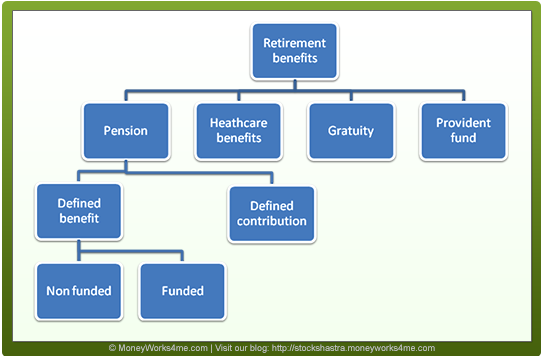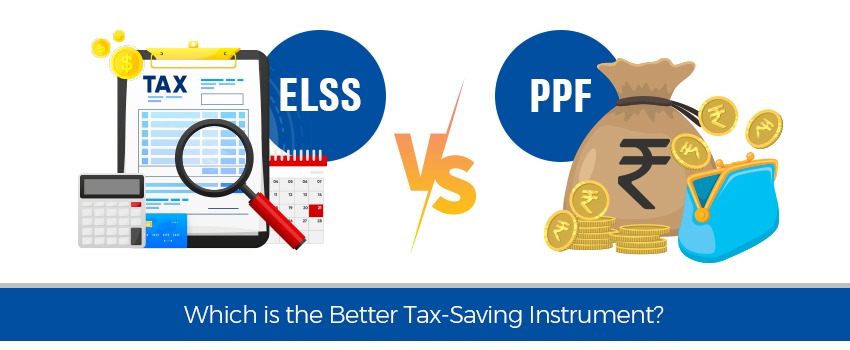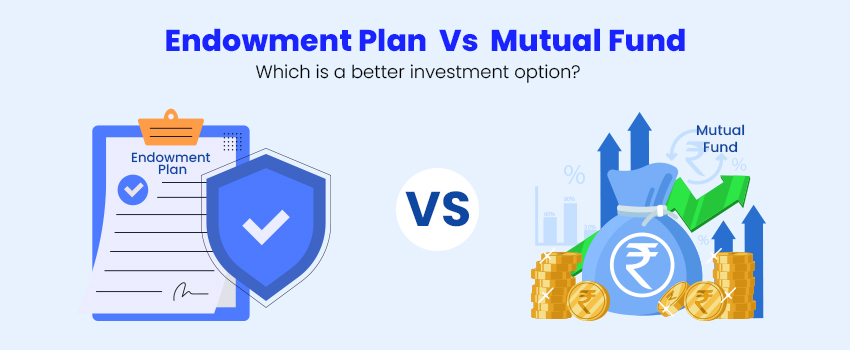Have you ever wondered why a government job was always cherished by the older generation? Were pension funds the major reason for our grandparents fascination towards government jobs? Well, it seems so! Retirement benefits are provided to take care of employee’s basic expenses post retirement in the form of pension, gratuity, provident fund and healthcare benefits. But, as an investor, what does it mean to you? To give you a glimpse, investors in BT group (a leading provider of telephone services), got a shock in 2009 when company’s pension deficit rose to billions of dollars! High levels of pension scheme deficits hamper the ability of companies to invest in their businesses, which consequently reflects in its share prices and thus, affects the retail investors.
Let’s delve deeper and find out why investment into certain companies with a particular pension scheme is not good for investors.
To begin with, let’s take an example of Tata Steel. When Tata Steel acquired Corus; Corus had defined benefit pension scheme. During the boom of 2007, Tata steel showed increased profit because of favorable actuarial assumptions (‘Actuary’ is a person who compiles and analyses statistics and then uses them to calculate the insurance risks and premiums). However, when subsequently, the bubble (sub-prime crisis) burst, the losses due to pension liability were even more than the net profit for the first quarter of FY 08. Tata steel, then, moved to IFRS (International Financial Reporting Standards) which allows for this loss to bypass the income statement and is charged to equity directly. The losses were thus, conveniently avoided, which would have otherwise featured in its P&L statement and naïve investors would have had an opportunity to stay away from this stock. Now, you can see here, how companies fool investors through their accounting gimmicks. Hence, it is very important to understand pension accounting for any investor.
Don’t get bogged down by terminologies!
There are two basic forms of pension – a) defined benefit and b) defined contribution.
In case of defined benefit, the benefit to the employee post retirement is defined by the plan. It could be some percentage of last drawn salary till the time of death of the employee, wherein the company has to make assumptions regarding the remaining life of the employee, growth rate on salary, etc., and make provisions accordingly. On the other hand, in case of defined contribution, some fixed amount is kept aside by the employer every year, wherein the contribution essentially is limited to the amount expensed (shown as an expense in P&L statement) every year. Here, the company is not required to make any assumptions.

Coming to the retirement benefits provided by private companies, pension is not mandatory; though gratuity and provident fund are mandated by the law. The striking difference between a PF or gratuity and pension is the mode of their disbursement. The former is a bullet (onetime) payment at the time of retirement while the latter is spread monthly or yearly over the remaining life of an employee. For companies which provide pension annuity every year, they are legally bound to give pension, even when requisite funds are not available. In this case, they have to borrow. Private companies, thus, to avoid risk, do not provide (defined benefit) pension.
If things explained earlier seemed quite intimidating, there is no reason to worry about. As long as one understands the logic or rationale of anything, he is bound to make sound decisions. So now let’s understand the two concepts of pension accounting.
One may relate defined benefit to the relationship between a mother and her child. When her child falls sick, no matter what happens, she does everything she could to make sure that her child recovers from the illness. Likewise, she takes care of her child at least to the point he becomes a mature person to look after himself. The point to be noted is, in this case, there is unlimited liability.
Similarly, one may think of defined contribution as an insurance scheme, wherein the maximum amount the insured can get, is predefined no matter what actual expenses are. Here the insured pays the premium to get the benefit in case of an event. The point to be noted is, in this case, there is only limited liability.
Having understood the crux of the matter, let’s proceed further and understand few more things like funding and management of pension scheme.
In defined contribution, as the employer’s contribution is clearly defined, wherein the employer allocates a fixed amount with the fund that is managed by a financial intermediary (trust or insurance company) who invests in financial assets. The company, thus, is relieved from the decision of fund’s investment and the investment risk, in turn, is borne by the employee. However, in defined benefit scheme, the employee’s benefit is defined and the investment risk is borne by the employer.
Defined benefit can further be broken down into funded plan and unfunded plan. In case of a funded plan, separate assets are allocated to take care of the future liability of pension amount. For unfunded plan, liabilities are paid as and when they are required to be paid; a method popularly known as pay as you go. The social security provided to its citizens in many European countries is a befitting example for the same. Typically, the defined benefit plans (funded plans) are funded through a financial intermediary like a pension trust and the assets of the trust are built to take care of the future obligation. If the assets of the funded plan exceed the liabilities/obligations, then the status of the plan is said to be over funded and vice-versa.
Thus, as logic would tell us, companies always want to limit their liabilities and hence defined contribution pension scheme has been adapted by most of them.
In the next blog, we will try to explain how the above mentioned stuff works in real life.
If you liked what you read and would like to put it in to practice Register at MoneyWorks4me.com. You will get amazing FREE features that will enable you to invest in Stocks and Mutual Funds the right way.
Need help on Investing? And more….Puchho Befikar
Kyunki yeh paise ka mamala hai
Start Chat | Request a Callback | Call 020 6725 8333 | WhatsApp 8055769463










WoW!… very much liked the recent blogs you people wrote.
way to go….
nicely written.. keep it up..
great write up…loved it…
To know MoneyWorks4me’s analysis on these stocks, please check our
website http://www.moneyworks4me.com.
There is a mistake in the last para. Since Cos would want to limit their liability, they would opt for ‘defined contribution pension scheme,’ not defined Benefit!